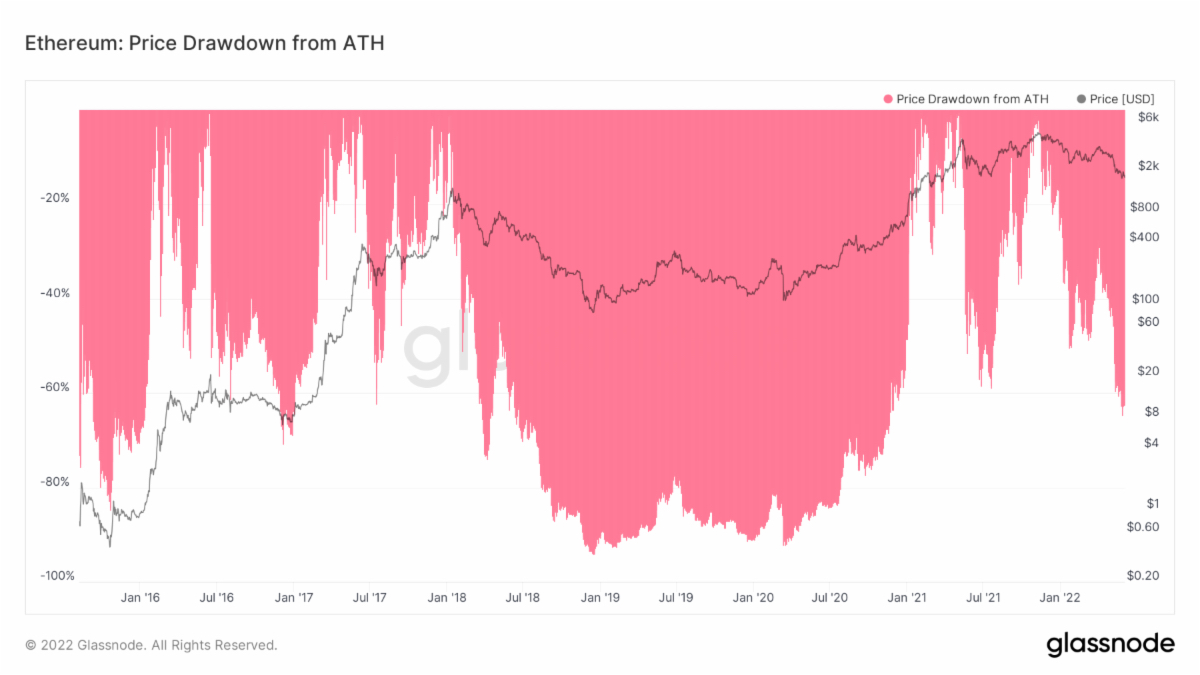Ethereum is having a bit of a moment.
It is the second-largest cryptocurrency by market capitalization and one of the largest in terms of daily transactions. The vast majority of all nonfungible tokens use Ethereum (ETH) as their transaction platform.
More importantly, Ethereum is also the leading platform for smart contracts. This is what happens when money becomes programmable — when legal agreements are written as software code.
For the past few years, cryptocurrency had an awkward adolescence. It was no longer a bright shining thing full of promise, but it wasn’t a functioning adult yet, either. It has been too early to give crypto any real responsibility. Mow the yard. Shovel the sidewalk. That sort of thing is fine.
In a brief (yet accelerated) coming-of-age, crypto went to college this year and it just joined a fraternity. We hope it doesn’t play too much beer pong. If we are lucky, it will graduate in a few months.
The Ethereum network heads into its first round of final exams this week. What’s at stake here is the transition from Proof of Work to Proof of Stake. The merger from the old system of accounting to a new system will enable the network to become 95% more energy efficient, and paves the way to handle tens of thousands of transactions per second within the next year or so. Ethereum could overtake Bitcoin as the #1 crypto.
The upgrade has been years in the making and it going to be challenging.
This week, the merger is being tried on the Ropsten network, the oldest and best established test network for Ethereum. The test is expected to end on June 8. If successful, there will be two more test rounds. If they succeed, the entire Ethereum network may be upgraded by August or September.
Here’s the analogy that I use:
Imagine that you are flying on a fully loaded plane from New York to Los Angeles. While going over Chicago, you look out the window and see two guys on the wing trying to change out an engine. You’ve heard that your plane can fly on just one engine. And you hope it’s true.
People are getting nervous, and rightfully so. It’s a make or break moment.
In response to a question about this, Ethereum cofounder Vitalik Buterin had an interesting exchange yesterday on Twitter.

The plot thickens, right?
So, everyone is watching this test network. If it succeeds, great things could happen. If it fails, or if it fails during subsequent tests (or in the final rollout), the upgrade may be delayed a few months … or indefinitely. It would be a big disappointment. There is also a possibility that the challenge will be too difficult, and the Ethereum blockchain will be forked.
We just don’t know.
There is MUCH uncertainty going on right now. The price of Ethereum has dropped from a high of $4,700 to $1,750 today. That’s a 62% decline. This is known as a drawdown, or the loss from peak to bottom.
Since 2016, we’ve seen six drawdowns of 50% or more. “Crypto Winter” happens almost every year. And despite these amazing losses, the price of Ethereum has still grown at an annualized rate of 51% since mid-2017.

You can’t get big returns without big risk. Yet, risk absolutely does not guarantee returns.
Does it make sense to buy the dip? It took me a while to figure out how to value cryptocurrencies. These aren’t companies with earnings. However, they do generate fees. If we look at the price of Ethereum relative to the value of the network, we are in the “green zone” of attractive pricing. We haven’t seen this sort of thing since 2020.

Let’s look at the technical price chart below. We are right at the $1,750 support level (flat purple line, top chart). The price is coming out of oversold territory (red oval, below), but the price trend is still negative (based on the red and blue moving average lines, top chart). On a volume-adjusted basis, we are seeing some accumulation (rising purple line, middle chart).

So the question is: Buy, sell, hold or avoid? The answer might be all four. It really depends on your situation.
If you bought Ethereum a long time ago and have significant gains, it is a perfectly reasonable time to take some risk off the table (if you haven’t done so already). If you own a modest amount of Ethereum, it is an interesting time to hold. If you are curious and don’t have any Ethereum, it looks like great entry point. If this stuff scares you, then you’ll want to wait until there is more clarity.
Most of my clients have a 3% allocation to crypto in their portfolios. Based on the research that I’ve read, this seems like a reasonable allocation. Some have more, some don’t have any at all. (Consult your financial advisor.)
ETH could go to $1,000 or it could go to $10,000 in the next year. We really don’t know, but it is an asymmetrical risk/return proposition. The potential gains greatly exceed the potential downside. The key here is to not hold any more crypto than you can afford to lose.
Grab your popcorn. It’s showtime.







